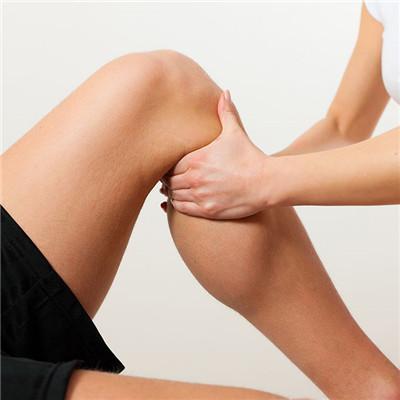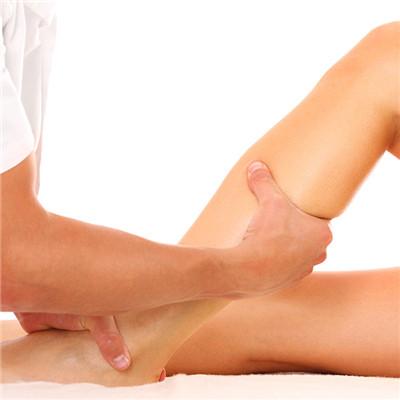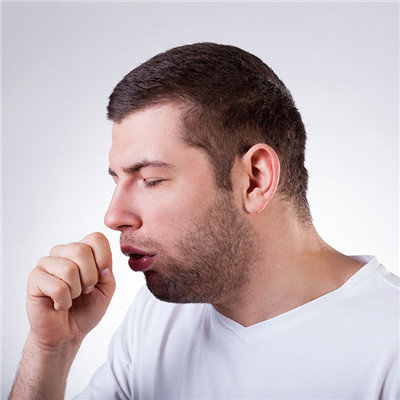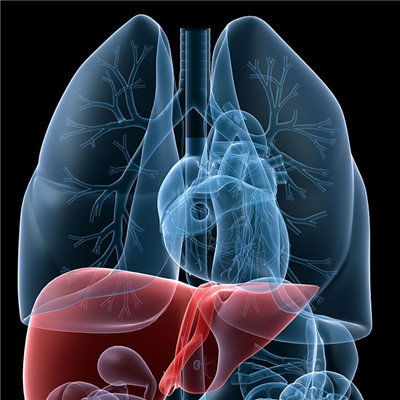Symptoms of eosinophilic fasciitis?
summary
My father-in-law is 59 years old. He has rheumatoid arthritis all the year round. But since last year, we have found that the skin of his lower leg has become swollen and taut, and then gradually developed to the thigh and waist and abdomen. At first, we thought it was due to arthritis, but with the rapid aggravation of the situation, we finally took him to the hospital for examination and found that it was eosinophilic fasciitis. Now let's talk about the symptoms of eosinophilic fasciitis.
Symptoms of eosinophilic fasciitis?
The cause of the disease is not clear. At present, it is generally believed that the pathogenesis is related to immune abnormalities, such as hypergammaglobulinemia, increased circulating immune complex, low complement, positive rheumatoid factor, deposition of immunoglobulin between fascia or accompanied by some autoimmune diseases in some patients, which support that the disease is an immune disease. For the attribution of the disease, it is considered that the disease belongs to a type of scleroderma spectrum, which is between localized scleroderma and systemic scleroderma. Some patients can be transformed into systemic scleroderma in the course of the disease. But many mathematicians think that it is not scleroderma, but an independent disease.

Often with limb skin swelling, tension, hard onset, or combined with skin and face erythema and joint activity is limited. The initial site of the disease is lower limbs, especially the lower part of the leg, followed by the forearm, a few from the thigh, waist, abdomen or dorsum of the foot. In the course of the disease, about 95% of the patients involved in the limbs, 48% in the hands and feet, 43% in the trunk, and the face was usually not affected. The lesions were characterized by deep subcutaneous tissue scleroma with limited or diffuse margin. When the affected limb was lifted up, the surface of the lesion was uneven, and the pit like depression could be seen along the superficial vein. The skin and face in the affected area can be pinched up, with normal texture and varying degrees of pigmentation.

Generally no obvious systemic symptoms, a few patients can be accompanied by joint or muscle pain, fatigue, low fever, etc. Joint contracture and dysfunction can be caused when the lesion is near the joint. It can also be accompanied by fibrous peripheral neuropathy. It has been reported that lung, esophagus, liver, spleen, thyroid and bone marrow may also be involved. Pericardial effusion was detected by echocardiography, and pulmonary function examination showed mixed ventilation disturbance mainly due to obstruction.

matters needing attention
Diet should be light, neither cold nor hot, chew slowly, eat less, eat more, do not indulge in alcohol and tobacco; Quit smoking with self or family help. Patients should be high protein, high fibrosis diet, avoid stimulating strong food. If you have difficulty swallowing, you should take a liquid diet, and pay attention to slow swallowing.










